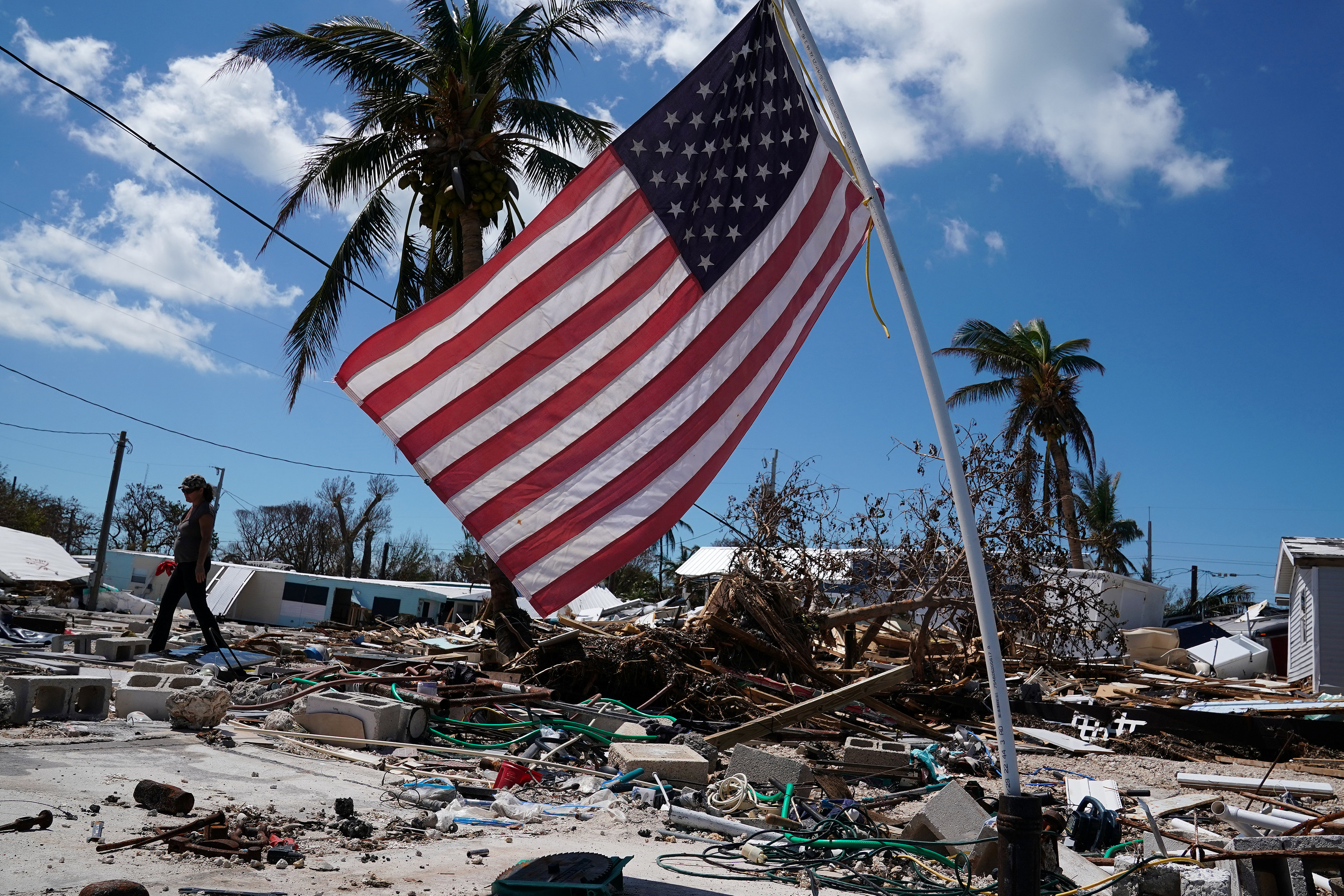
TOKYO (Reuters) – Vegetable prices in Japan are spiking as much as 65 percent in the grip of a grueling heat wave, which drove temperatures on Wednesday to records in some areas hit by flooding and landslides, hampering clean-up and recovery efforts.
As many as 65 people died in the week to July 22, up from 12 the previous week, government figures show, while a prisoner in his forties died of a heat stroke in central Miyoshi city, amid what medical experts called an “unprecedented” heat wave.
An agriculture ministry official in Tokyo, the capital, warned against “pretty severe price moves” for vegetables if predictions of more weeks of hot weather held up, resulting in less rain than usual.
“It’s up to the weather how prices will move from here,” the official said. “But the Japan Meteorological Agency has predicted it will remain hot for a few more weeks, and that we will have less rain than the average.”
The most recent data showed the wholesale price of cabbage was 129 yen ($1.16) per kg in Tokyo on Monday, the ministry said, for example, an increase of 65 percent over the average late-July price of the past five years.
Temperatures in Japan’s western cities of Yamaguchi and Akiotacho reached record highs of 38.8 Celsius (101.8 Fahrenheit) and 38.6 C (101.5 F), respectively, on Wednesday afternoon.
In Takahashi, another western city and one of the areas hit hardest by this month’s flooding, the mercury reached 38.7 C (101.7 F), just 0.3 degrees off an all-time high.
In Miyoshi, where the prisoner died after a heat stroke, the temperature on the floor of his cell was 34 degrees C (93 F) shortly before 7 a.m. on Tuesday. The room had no air-conditioning, like most in the prison.
Authorities who found him unresponsive in his cell sent him to a hospital outside the prison, but he was soon pronounced dead, a prison official said.
“It is truly regrettable that an inmate lost his life,” Kiyoshi Kageyama, head of the prison, said in a statement. “We will do our utmost in maintaining (prisoners’) health, including taking anti-heat stroke steps.”
On the Tokyo stock market, shares in companies expected to benefit from a hot summer, such as ice-cream makers, have risen in recent trade.
Shares in Imuraya Group, whose subsidiary sells popular vanilla and red-bean ice cream, were up nearly 10 percent on the month, while Ishigaki Foods, which sells barley tea, surged 50 percent over the same period.

Kimono-clad women using sun umbrellas pause on a street during a heatwave in Tokyo, Japan July 25, 2018. REUTERS/Issei Kato
In neighboring South Korea, the unremitting heat has killed at least 14 people this year, the Korea Centers for Diseases Control and Prevention said.
The heat wave was at the level of a “special disaster”, South Korean President Moon Jae-in said on Tuesday, as electricity use surged and vegetable prices rose.
(Reporting by Kiyoshi Takenaka in Tokyo and Jeongmin Kim in SEOUL; Additional reporting by Ritsuko Ando and Aaron Sheldrick in TOKYO; Editing by Clarence Fernandez)










